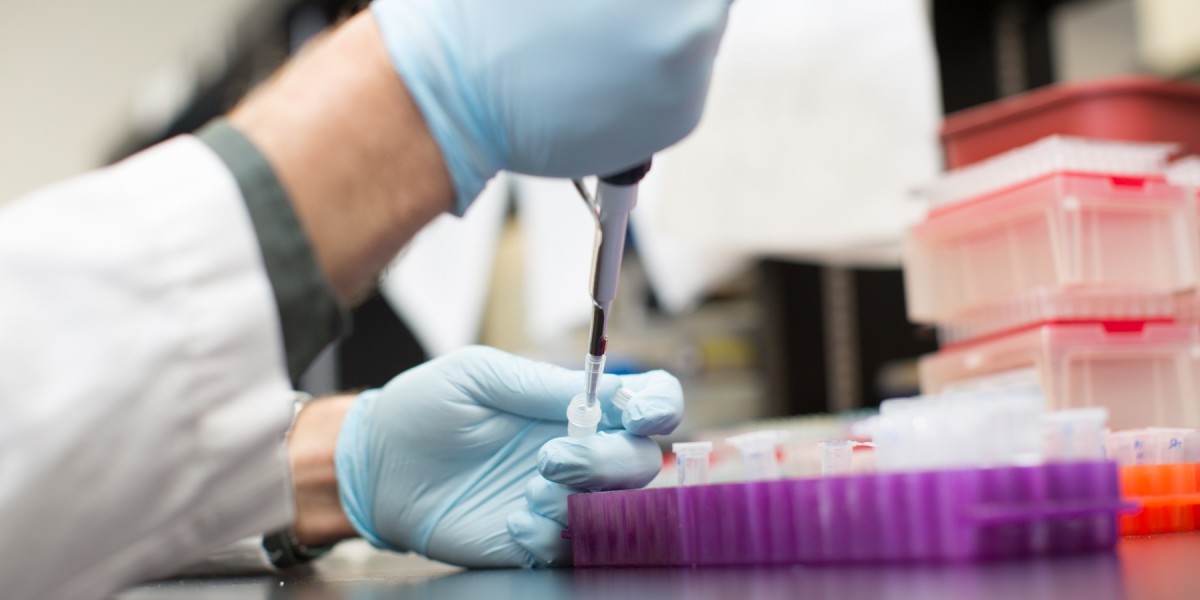The shock syndrome or toxic shock (TSS) is caused by toxins released by certain strains of common bacteria. Although anyone can experience TSS, it occurs most often in healthy adults. The wound through which bacteria gain entry is often minor or unnoticeable. The toxic shock syndrome has been associated with tampon use and develops rapidly and may be fatal. Still, this disease is quite rare.
What are your causes?
Toxins released by bacteria called Staphylococcus, Streptococcus, and Clostridium cause TSS. These bacteria are everywhere, even on our mucous membranes such as the throat, mouth, nose, and vagina. Most strains are harmless, but some bacteria release a threatening toxin (poison) into the blood.
Sepsis is a response throughout the body to infection caused by bacteria or other substances. Septic shock is a severe case of sepsis, in which the body goes into shock (life-threatening low blood pressure). Toxic shock caused by tampons is a special form of septic shock caused by toxins from the bacteria Staphylococcus and Streptococcus.
The Toxic shock syndrome can occur when women use tampone s, especially the " super absorbent ". Toxic shock came to public attention, when more than 700 women were infected in North America. Most of these women had recently switched to a new super absorbent tampon. It is not yet clear why this type of tampon increases the risk of TSS, but it may be related to a “drying” of the vagina. Women who leave the tampon in for more than 24 hours are also at a higher risk of developing TSS.
Symptoms and complications of toxic shock
Symptoms of TSS appear suddenly and your symptoms may include:
- Confusion and dizziness
- extreme fatigue and weakness
- high fever
- headache
- Red eyes
- severe diarrhea
- throat pain
- vomiting
- widespread red rash
In severe cases, symptoms rapidly worsen over 24 to 48 hours. Large amounts of vital fluids and minerals seep into tissues and penetrate vital organs. Blood supply and blood pressure decreases. This can lead to fainting and possibly a coma. Breathing problems can occur, and the blood and organs may not get enough oxygen. After 1 to 2 weeks, the skin may begin to peel, especially on the palms of the hands and the soles of the feet. Also, the blood may not clot properly, increasing the risk of bleeding.
Many organs are severely threatened by bacterial venom. The infection can damage muscles, kidneys, liver, heart, and lungs, but it can be recovered with treatment.
Experts believe that there are many mild cases of tampon-related toxic shock that never progress to the more drastic symptoms listed above. They are not reported or are mistaken for illnesses like the flu and gastroenteritis.
How to avoid it and ways of prevention
Fortunately, toxic shock syndrome is less common now, because the most dangerous tampons have been recalled. Women can minimize their chances of getting TSS by taking the following precautions:
- alternating tampons and pads during heavy bleeding.
- change tampons every 4 to 6 hours.
- Take good general hygiene, especially around the vagina.
- remove the last tampon as soon as menstrual bleeding stops.
- using external pads at night.
- using the least absorbent tampons possible.
Blurred vision refers to a lack of sharpness of vision resulting in the inability to see fine detail. Blurred vision may result from abnormalities such as nearsightedness, farsightedness, presbyopia, or astigmatism that can be improved with corrective lenses (eyeglasses) or it may signal the presence of eye disease. Visium Plus Supplement



